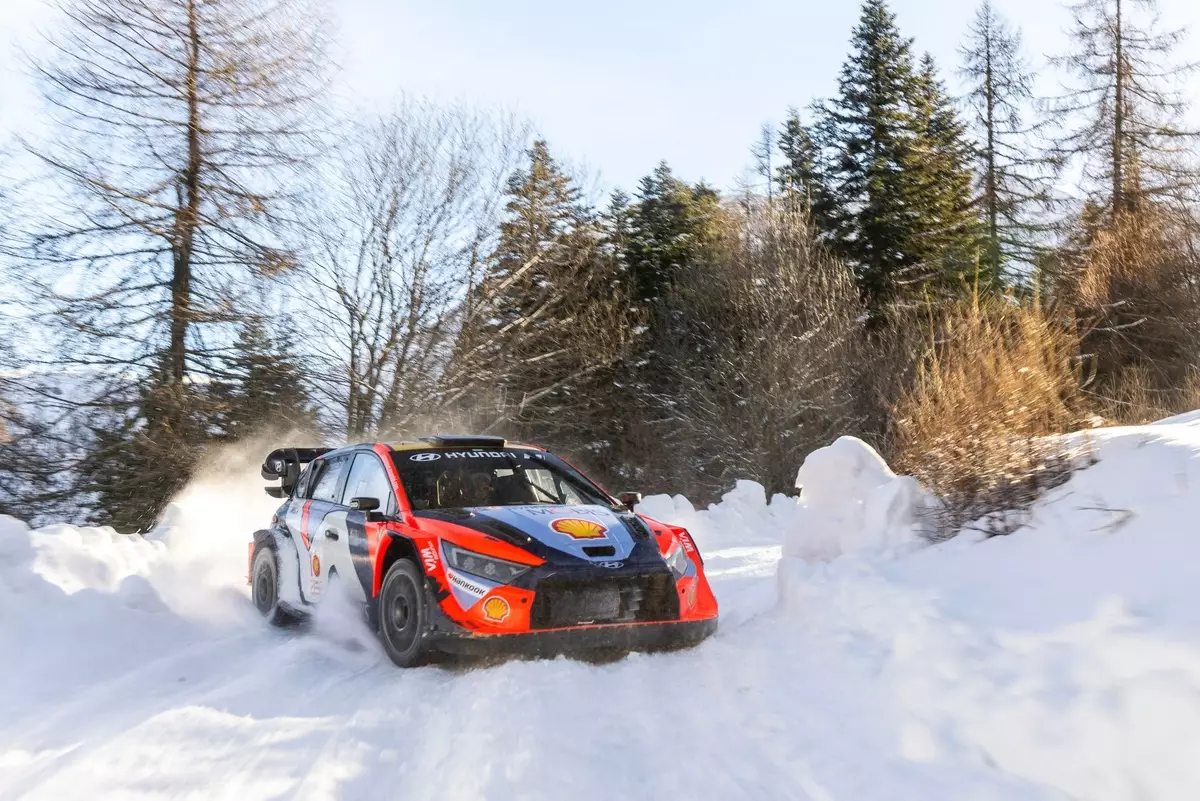The World Rally Championship (WRC) is on the brink of a new era as the 2025 season introduces drastic changes to the technical specifications of Rally1 cars. The FIA’s decision to eliminate hybrid power from these vehicles signals a return to more traditional rallying experiences. This pivotal shift has been met with excitement by the drivers, particularly Hyundai Motorsport’s Ott Tanak, who believes this simplification enhances the overall driving experience.
The decision to strip Rally1 cars of their hybrid systems is monumental, fundamentally altering the landscape of WRC as we know it. The previous hybrid units, which provided an additional 130 horsepower, were an integral part of the modern rally car. They added complexity, requiring teams and drivers to navigate the nuances of energy management during races. Tanak’s insights reveal that the new specification is “simpler” and “easier” to drive, indicating a reshifting of priorities back to sheer driving skill rather than the reliance on technological advantages.
With the removal of hybrid technology, teams now contend with cars that are approximately 87 kilograms lighter. This newfound agility translates to a more responsive and playful driving experience. By lightening the cars, the WRC revitalizes the fundamental nature of rally driving—emphasizing the driver’s ability to control the vehicle through challenging terrains without being bogged down by heavy batteries and complicated energy systems.
The 2025 season kicks off with the Monte Carlo rally, where these new specifications will be tested in a competitive environment for the first time. Teams, having conducted extensive testing throughout the latter part of 2024, are ready to adapt to the new control tyres supplied by Hankook. While uncertainties surround the performance aspects of these tyres, Tanak asserts that he feels more confident and prepared with his i20 N heading into the season compared to the previous year.
This sense of preparedness is critical in a sport where even minor adjustments can have profound implications on performance. With the drivers now more in tune with their cars, the competitive edge is not solely defined by advanced technology but by skills honed through practice, strategy, and instinct.
Tanak’s comments highlight a reflective shift in the mindset of rally drivers. He notes the massive effort taken to adapt to the changes, reinforcing the notion that while technology often aims to streamline performance, it can complicate the sport’s essence. The embrace of a more straightforward rally car setup echoes sentiments from the sport’s earlier days—where the driver’s finesse was the key differentiator.
Furthermore, Tanak notes a loss in power due to a minor alteration in the turbo restrictor, which could be perceived negatively by drivers. Yet, his overall sentiment reflects a broader acceptance of the changes, suggesting that while the car is less powerful, the appeal of driving a ‘pure’ rally car outweighs the drawbacks. In this new paradigm, the WRC is poised to recapture the exhilarating essence that has long defined rally racing.
As the WRC prepares for this groundbreaking season with its new technical regulations, the anticipation among fans and participants is palpable. The return to simpler, more traditional cars could well revive the sport’s authenticity, engaging a new generation of fans while satisfying long-time devotees. With drivers like Tanak at the helm, guiding the resurgence of skill-oriented racing, the WRC stands on the threshold of a thrilling transformation.
The 2025 season symbolizes both a conclusion of one era and a vibrant beginning for another—one that focuses on the raw and intense nature of rally driving. As competitors navigate the treacherous terrains of Monte Carlo and beyond, the essence of the sport will simmer once again at the forefront, reinforcing the fact that in rallying, it’s the passion, skill, and grit of the driver that will ultimately define success.


Leave a Reply